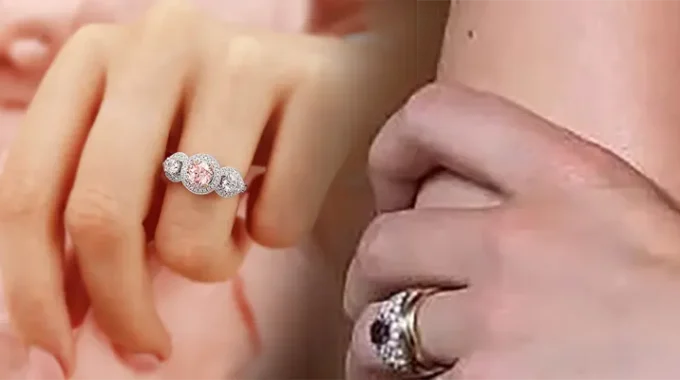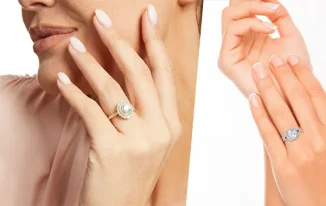Engagement rings have long been cherished symbols of love and commitment, and the German royal family is no exception. These exquisite pieces of jewelry not only signify personal relationships but also carry deep historical significance, reflecting the rich tapestry of Germany’s royal heritage. A closer look at German royal family engagement rings reveals a fascinating blend of tradition, artistry, and the shifting cultural landscape over the centuries.
Historically, engagement rings among German nobility have often been characterized by their intricate designs and the use of high-quality gemstones. One of the earliest examples comes from the engagement ring of Princess Victoria, the daughter of Queen Victoria of the United Kingdom, who married Prince Friedrich of Prussia in the 19th century. Her ring featured a stunning sapphire surrounded by diamonds, a style that was indicative of the era’s opulence and grandeur. The use of sapphires was particularly significant, as these gemstones were believed to symbolize fidelity and sincerity.
As the 20th century approached, the styles of engagement rings began to evolve, influenced by broader European trends. The engagement ring of Princess Louise of Prussia, who married Prince Karl of Prussia in 1904, reflected this shift. Her ring combined classic elegance with modern influences, featuring a central diamond flanked by smaller stones. This combination of different gemstones was a hallmark of the period, showcasing not just wealth but also a growing trend toward individual expression in jewelry.
The tumultuous events of the early 20th century, including the First World War and the subsequent abolition of many German monarchies, significantly affected the royal family and their jewelry. With the fall of the German Empire, the engagement rings of royal figures took on new meanings. For instance, the engagement ring of Princess Margaret of Hesse, who married Prince Louis of Battenberg, featured a striking design that included both diamonds and pearls. This combination not only emphasized elegance but also represented a shift towards more understated styles as the royal family adapted to changing societal norms.
In the latter half of the 20th century, engagement rings among the German royal family began to reflect contemporary design sensibilities. The engagement ring of Prince Andreas of Saxe-Coburg and Gotha to his wife, Princess Caroline of Bourbon-Parma, featured a more minimalist approach. Set with a simple yet stunning round diamond, the ring signified a departure from the extravagance of earlier styles, highlighting a preference for refined elegance. This trend mirrored a broader societal movement towards simplicity and practicality, as many individuals sought meaningful designs rather than sheer opulence.
In recent years, as the German royal family has continued to navigate its place within a modern democratic society, the engagement rings have evolved yet again. The ring of Countess Eloise of Solms-Baruth, who is a member of the younger generation of German nobility, showcases this modern aesthetic. Her engagement ring, featuring a unique hexagonal diamond set in a delicate band, reflects contemporary trends while maintaining a nod to the family’s storied past. This blend of old and new is emblematic of how royal engagement rings continue to evolve in a world that values both heritage and innovation.
Today, German royal family engagement rings serve as more than just beautiful accessories; they are living pieces of history that embody love, legacy, and transformation. Each ring carries with it stories of personal commitment and the ever-changing landscape of royal life. As we explore the intricate designs and rich symbolism behind these pieces, we gain a deeper appreciation for how engagement rings reflect not only individual relationships but also the cultural shifts that shape a nation.
In conclusion, a closer look at German royal family engagement rings reveals a captivating journey through time. From the luxurious designs of the past to the modern interpretations of today, these rings encapsulate the essence of love and commitment while offering a glimpse into the history of German nobility. As new generations emerge, we can expect the legacy of these exquisite pieces to continue, blending tradition with contemporary elegance in a way that honors their rich heritage.













